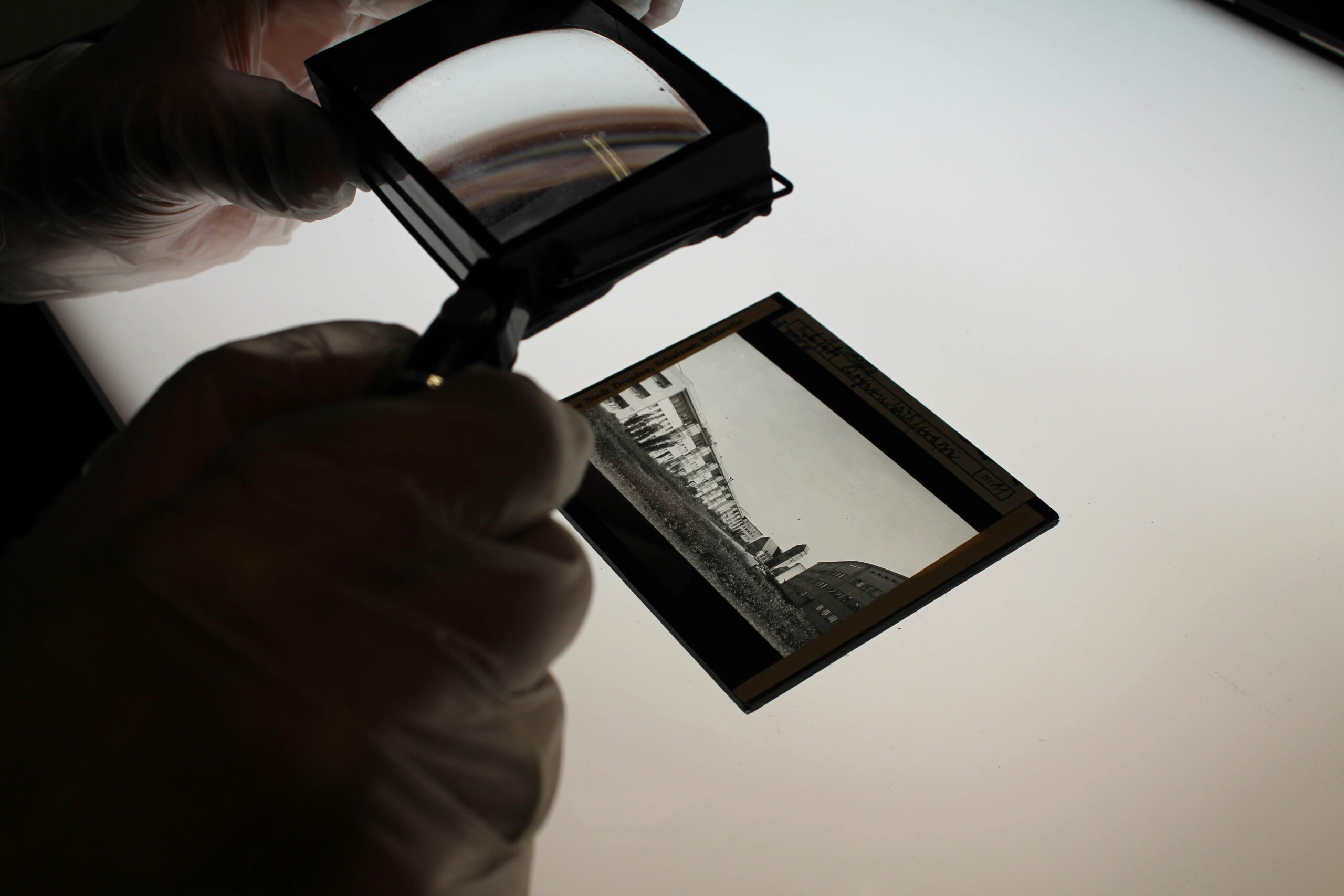Museum collections are the memory of urban society. Things tell stories. However, the process of collecting is usually carried out by museum experts without the participation of citizens. As a result, collections are created behind closed doors that do not reflect urban society in its entirety.
Furthermore, objects are often illuminated one-dimensionally in museums. The museum perspective is the only one that is allowed and later becomes visible in exhibitions. Perspectives that enable a deeper and more personal understanding of the collected objects are largely or completely absent.
Following on from the building's tradition as a place of democracy, as a former meeting place for the Saxon estates and as a place where the first constituent state parliament met, we would like to open up to the urban community. In close cooperation with citizens, we want to expand and supplement our collection quantitatively and collect history and personal experiences through objects, photographs and documents. We are therefore focusing on democratising the collection work through participation.
In our first workshop series, which is funded by the »Foundation Places of German Democratic History« and begins on 12 September, we will be working for several weeks with a small group of people from Ukraine who fled the war or have been living in the city for a long time. We want to enter into dialogue with them and collect objects, stories and perspectives together. With the pilot project, we also want to gain experience in the field of participatory collecting and collecting the present. Our wish is to continue the workshops with other communities and social groups, to collect objects for our new permanent exhibition and to contribute to the formation of a pluralistic culture of remembrance in the city. The collected objects and their stories will be temporarily displayed in a »participatory depot« in the museum from January 2025.



























